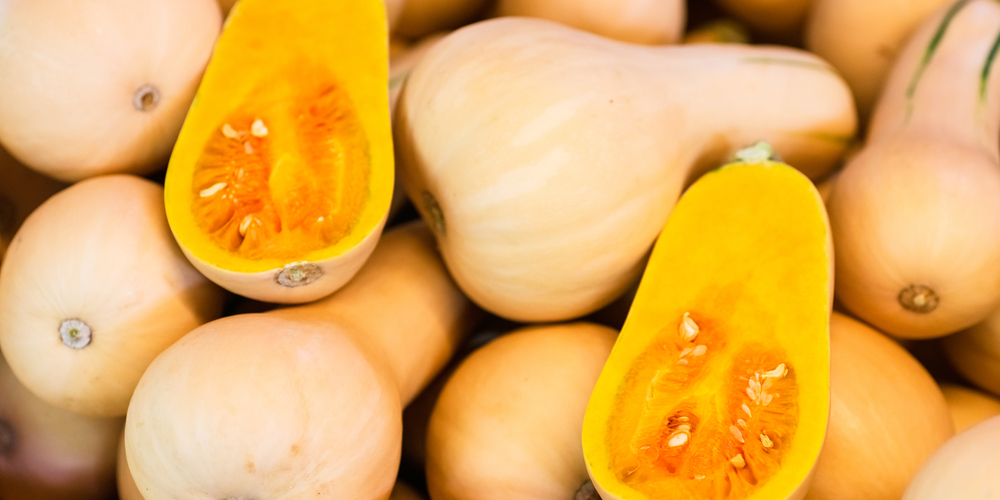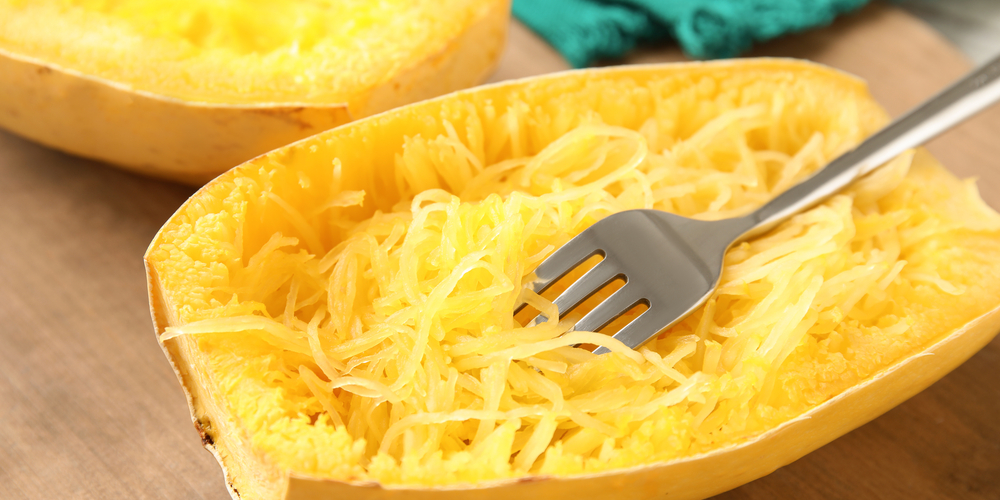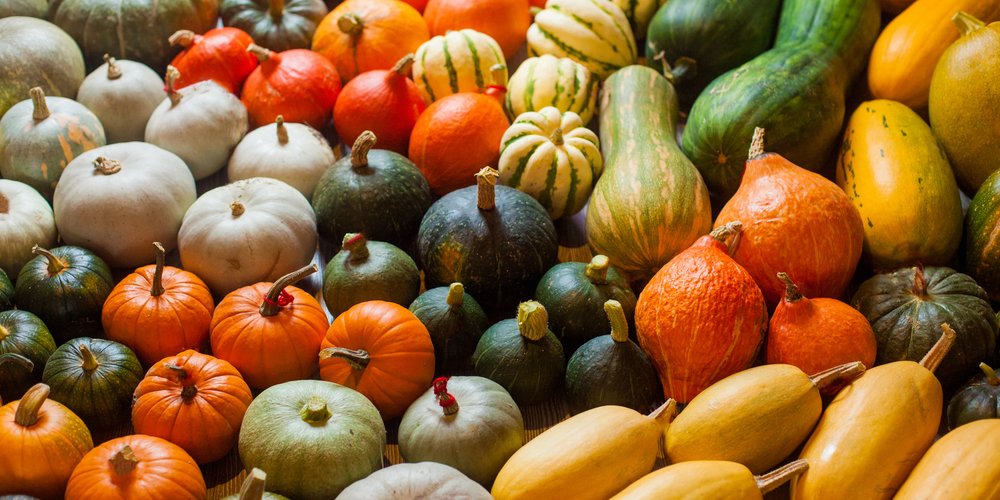Squash is a fun plant to add to your vegetable garden. You can find these vegetables in various shapes, sizes, flavors, and colors, allowing for numerous possibilities for your garden (and your meals).
Growing squash can be a rewarding activity. The family includes a variety of vegetables: from sweet and dense butternut to zucchini. And you know what the best part about it is? These plants are not challenging to grow: if you provide them with moist and fertile soil and ensure they receive enough sunlight, your squash will most likely grow lush and thrive. Let’s look at when to plant squash in Oklahoma?
Of course, before you jump into the adventure of growing squash, you must know which varieties you can grow in your garden. Depending on where you live, some species might work best in your weather and soil conditions than others. But besides knowing what to plant, you must also be aware of when to do it.
If you live in Oklahoma, you’ve landed in the right place. In this essential guide, you’ll learn everything you need to know about growing squash in your region, including when to plant them and ensure they thrive in your garden.
Keep in mind that there are two categories of squash: summer and winter. The first is large and bushy and includes zucchini and scallop squashes. On the other hand, winter squashes are vines that can spread throughout your garden (if allowed). Winter varieties include acorn, butternut, and spaghetti squashes. Summer varieties tend to grow fast and are more prolific producers than winter ones. The latter have thicker and more protective skins that take longer to develop.
But let’s go back to the core of the question.
When to Plant Squash in Oklahoma?
Oklahoma is in USDA hardiness zones 6a, 6b, 7a, and 7b. You can plant squash in Oklahoma in zone 7 and zone 6.
While sounding trivial, this question is crucial to your success with these vegetables. Depending on which variety you choose to add to your garden (whether summer or winter), you will have to plant it at different times of the year.
Plant your summer squash in April: you’ll get harvests within 40 to 60 days. Winter squash need more time to mature: plant them between May and June and wait for about 110 to 130 to get the first fruits. Contrary to what their names might suggest, both varieties are warm-season plants: avoid planting them in the soil before the outdoor temperatures rise to 60F. As a rule of thumb, you should only sow seeds when the danger of frost is over.
Don’t forget to space your plants: squash doesn’t like to compete for nutrients. Allow between 12 and 20 inches between your plants if you are planting more than one.
What Varieties Should You Plant In Oklahoma?
You can grow squash all over Oklahoma state. You will have satisfactory results with most varieties. But if you prefer growing summer squashes, consider planting yellow straight neck or scallop. Alternatively, butternut and spaghetti winter squashes also perform well in this region.
Don’t forget to ensure the soil is rich before adding squash to your garden. These plants are heavy feeders that need plenty of nutrients to grow. Consider adding compost or manure around your plants to improve the nutrient content and increase water retention in the soil.
Keep your plants well-watered, and make sure you don’t leave them dry for too long. For best results (and boosted growth), you can add some fertilizer during the growing season. Add a balanced, slow-release product once per month during the summer to increase harvests.
Also, for best results, you’ll have to keep an eye on your plant. Prune it frequently to remove old and unhealthy growth and ensure space for new shoots to come out. Also, pruning will ensure your plants get adequate airflow, reducing the spread of diseases and fungal infections.
Under optimal conditions, these plants grow fast: you may have to check them every day during the summer and harvest your squash as soon as you see them ready to get the best flavors.
When to Plant Squash in Oklahoma: Final thoughts
Finally, pay attention to pests and diseases: just like humans love the sweet taste of squash, insects love to munch on their leaves or drink their sap. The most common include mildew, bugs, and beetles.
Take proper action as soon as you see something off to avoid infestations. Remove the insects by hand or apply some pesticide if the situation looks severe.
Related Article: Butternut Squash Companion Plant


